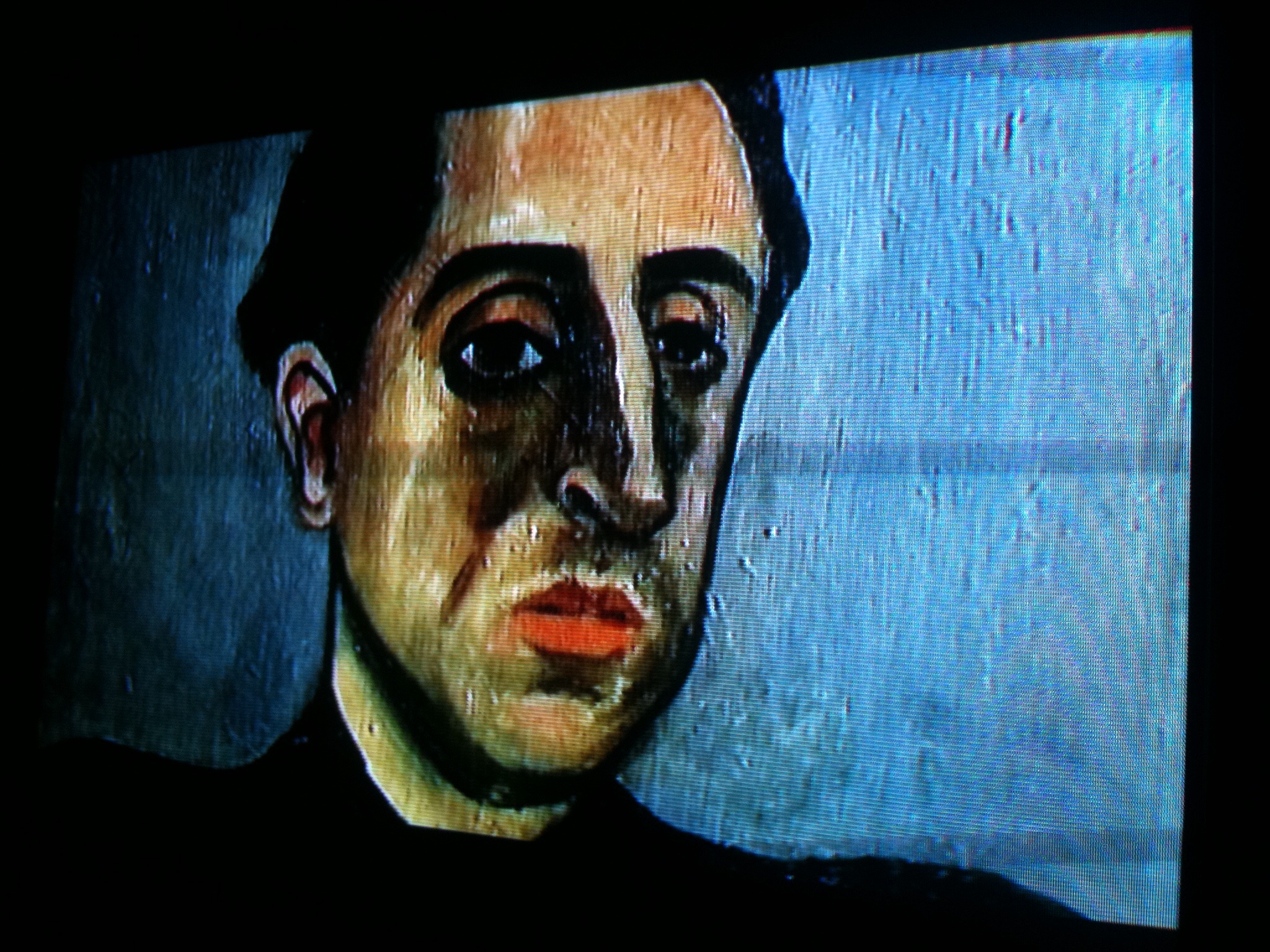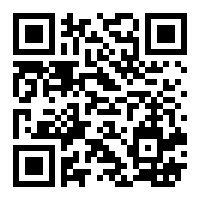Got these from
https://fortelabs.co/

Walter Logeman: Journal
I went to the East Side Gallery today, and liked this one by Michael Springer, so googled and found more
See more:
Marriage and family therapy for instance, has to be so conducted that the “interpsyche” of the entire group is re-enacted so that all their tele-relations, their co-conscious and co-unconscious states are brought to life. Co-conscious and co-unconscious states are by definition such states which the partners have experienced and produced jointly and which can therefore be only jointly reproduced or re-enacted. A co-conscious or a co-unconscious state can not be the property of one individual only. It is always a common property and cannot be reproduced but by a combined effort. If a re-enactment of such co-conscious or co-unconscious state is desired or necessary, that re-enactment has to take place with the help of all partners involved in the episode. The logical method of such re-enactment a deux is psychodrama. However great a genius of perception one partner of the ensemble might have, he or she can not produce that episode alone because they have in common their co-conscious and co-unconscious states which are the matrix from which they drew their inspiration and knowledge.
(Moreno, 1977: vii)
Moreno, J. L. (1977). Psychodrama (Volume One, Fourth ed.) Beacon, New York.

Just streets. But no, the place that evokes my childhood. Except for the cars it’s all the same. Oh and perhaps the skyscraper. I think as child there was just a field there and a circus tent used to be there.
96 Amstelkaade Amsterdam
The Amstel canaal across the road.
Lived there from 1944 to 1952.
❋
Plan: To add more crucial places in my life. (I do continue these projects, but they may take years.
I wrote a post on Freud’s birthday once before.
that was 2006. I wrote a few more after that. And I’d like to mention this one, 2018, 12 years after the other one:
Freud and individualism in the 20th century
I changed my tune on Freud.
I’ve been imagining the world lately as if there is no unconscious just people in action. Moving in the moment. Its hard to do, but an interesting process.
Playing with Moreno’s idea that the psyche is outside the body.
“Marc Petitjean grew up in a house where Frida Kahlo’s painting, The Heart, also named Memory, hung on one of the walls. Uncovering the story of how the painting was given by Frida to his father, Michel Petitjean, he unfurls not only a passionate love affair between them in pre-Second-World-War Paris, but also a back story about Frida’s paintings around the time and the intersections between France’s surrealist circles and contemporary politics.”
Enjoying this half invented book with lots of name dropping of French artists in the thirties. Interesting. Here is the art in question 

Listening on Scribd
and reading on Kindle.
So many people! I’ll bring them in and their art as I did with another book Optic Nerve (blog post)
I’ll start with Frida and then Diego Rivera
Continue reading “Book: The Heart, Frida Kahlo in Paris by Marc Petitjean”
Ralph Hotere: Ātete (to resist)
“Celebrating the artistic vision of one of Aotearoa’s most significant artists.”
Here are a bunch of photos.
Continue reading “Ralph Hotere at the Christchurch Art Gallery”